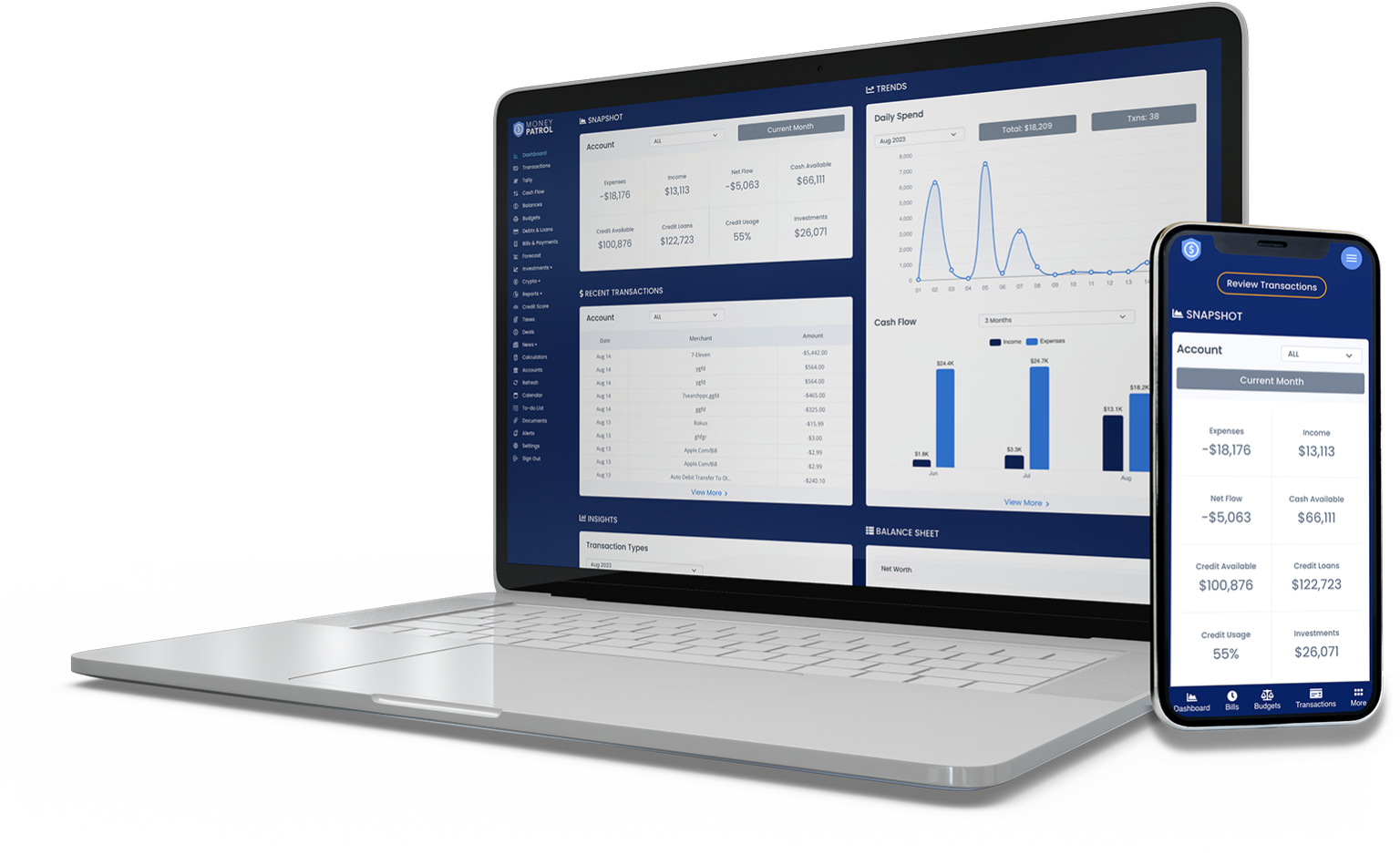Financial Planning is a crucial factor in every household. For obvious reasons, many individuals struggle with budgeting and saving money. Spending money on non-essentials is simple, even if you have a well-planned budget.
Still, sticking to a reasonable budget and putting money aside may not be as challenging as you think. Begin by creating a budget, which may assist you in reorganising your money, prioritising spending, and managing debt—enabling you to make headway toward your long-term financial objectives.
Take the required actions to put your financial future front and centre once you’ve determined how much money you’re spending and where you’re in a better position.
A budget is a financial plan for a specific period, often a year. It considerably increases the likelihood of a project’s success. Budgeting makes it simpler to save money since it shows you how much money must be cast aside for each area of spending and how much may be placed into the savings bucket.
Those who rely on credit and loans to make ends meet may not have enough money to save. Savings can be utilised to supplement income by investing in various investment vehicles.
- Corporate budgets are required for maximum efficiency.
- A budget may define goals, measure accomplishments, plan for eventualities, and allocate money.
- Personal budgets are critical in managing an individual’s or family’s money in the short and long term.
Extending your budget helps you to predict how much money you will be able to save for essential items. Like a trip, a new vehicle, your first house or home improvements, an emergency savings account, or your retirement. Using a reasonable figure to anticipate your annual expenditures may benefit your long-term financial planning.
1. Start with Financial Planning
In a budget, your quarterly income is the amount you receive in each paycheck (rather than your entire yearly salary). And any other regular payments you accept, such as freelance revenue, investment dividends, interest, and child support.
- Include housing, utilities, daycare, phone and Internet service, food, college loans, insurance, transport or commuting expenditures, and other recurring bills. Then, total your typical monthly spending. That is all you have to spend.
Examine your spending and divide them into fixed, variable, and discretionary categories.
Fixed costs (such as rent) are consistent from month to month and hence frequently serve as the foundation of your budget.
The discretionary costs, or those that are optional or flexible, come next. Entertainment, dining out, trips, hobbies, and so on are examples of discretionary spending. Don’t forget to budget for non-monthly expenses, such as auto maintenance, house repairs, and holiday expenditures.
Examine your bank accounts and receipts to refresh your recollection of your incurred costs. Variable expenditures, such as electricity bills, may often be reduced by behavioural changes such as turning off lights when leaving a room. Still, discretionary expenses are made up of wants rather than requirements and offer the most significant chances for savings.
2. Determine your Financial Resources
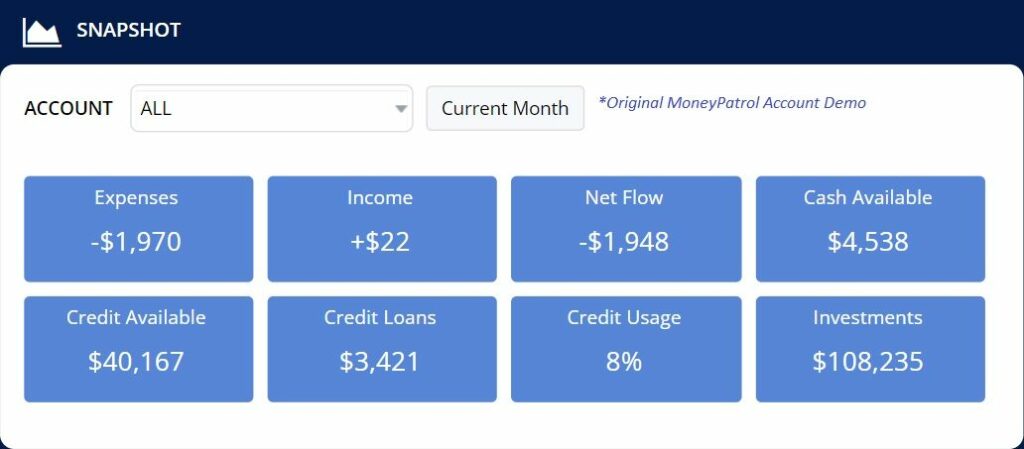
The first step is to determine how much money you have each month. This might be money through investments, government help, school loans, work income, disability payments, retirement pensions, or other sources.
These might be long-term objectives like acquiring a home or supporting your retirement.
- They can also be short-term objectives such as house upgrades or automobile upkeep.
- Once you’ve determined how much money comes in and where it goes, you can devise a strategy that aligns your objectives with your financial circumstances.
Do you intend to pursue your education, get a new automobile, or purchase your first home?
- Write down the plans that are most essential to you and a reasonable estimate of how long it will take you to get there.
- Keep this list handy; we’ll come back to it later.
If your monthly costs exceed your income, you must change your spending patterns to live within your means. Examine your list of discretionary expenses to determine if you can reduce them by, for example, dining out less or spending less on holidays or expensive hobbies. This form of evaluation and expenditure re-allocation can let you enjoy your money without worrying about debt.
3. Make use of Apps
A budget app installed on your phone, tablet, or computer provides another option for a traditional budget. The app records your expenditure and delivers a monthly report by spending category. You generally connect your preferred app to your bank and credit card accounts.
People struggle to keep to their budgets for several reasons, so getting back on track will depend on your specific difficulties. Your budget may be unrealistic, and your budgeting method is too time-consuming. Or you require motivators to assist you in improving your self-control.
Budget applications may frequently be configured to notify you when a payment is due.
- An account balance or suspicious activity in your account falls below a certain threshold.
- Most applications range in price from free to many dollars per month.
- However, some offer free trial periods, so you may sample before you buy.
Take the required actions to put your financial future front and centre once you’ve determined how much money you’re spending and where you’re in a better position.
Gather all your electronic or paper bills, receipts, pay stubs, bank statements, and any other record of income or spending in one location for at least a month. Alternatively, keep note of every expenditure and pay as they occur.
4. Create a Traditional Budget
Budgeting is the foundation of a healthy financial plan. And to see all of the statistics in black and white may provide vital insight into your funds and where they could be better spent.
Why Have a Budget?
- A budget can assist you in identifying areas where you are spending more than you realise.
- It can also be set up to allow for occasional indulgences and unanticipated crises.
- There are several reasons to set up a few hours to create a traditional budget, especially when you can do it in four simple steps.
Making and keeping to a budget is challenging. Still, it is the most excellent way to get control of your finances and ensure that your money goes toward the items most important to you.
- Create a budget worksheet using a Google Sheets budget template, an Excel spreadsheet, or paper and pen.
- List your post-tax income, such as employment and freelance earnings, investment earnings, and interest received on savings accounts.
- After that, list all your costs, such as rent or mortgage payments, credit card payments, instalment loan payments, supermarket receipts, and utility bills.
You should re-evaluate your budget after each month. Adjust your budget as necessary based on your actual costs and income.
Things are sure to alter after your budget is completed. They almost always do. So remain adaptable. Remember that a budget is merely a guideline. It does not account for the non-financial consequences of substantial changes in spending patterns.
5. Conclusion
The first step is to determine how much money you have each month. It might be from an investment. It might be money through investments, government help, school loans, work income, disability payments, retirement pensions, or other sources.
Make a distinction between fixed and variable costs (mortgage, rent, auto payments, and insurance) (food, clothing, entertainment, charitable gifts). Once you understand your spending habits, you may be able to make changes to particular costs.
- Write out your values.
- Establish your objectives.
- Determine your earnings.
- Calculate your costs.
- Create a budget.
- Always pay yourself first!
- Use credit cards with caution.
- Return at regular intervals.
Make a list of the objectives you want to attain. These might be long-term objectives like acquiring a home or supporting your retirement. They can also be short-term objectives such as house upgrades or automobile upkeep.
There are several budgeting strategies available to assist consumers in doing so. In the most basic version, a person must compute their net income and track their spending over a defined period. Create objectives based on the previously acquired information, plan to attain these goals, and alter their spending depending on the plan.
Once you’ve determined how much money comes in and where it goes, you can devise a strategy that aligns your objectives with your financial circumstances.
free budgeting app best free budgeting app budgeting app best free budgeting apps budgeting app free money management app manage money app family budget app personal finance tracker track personal finances budgeting app for couples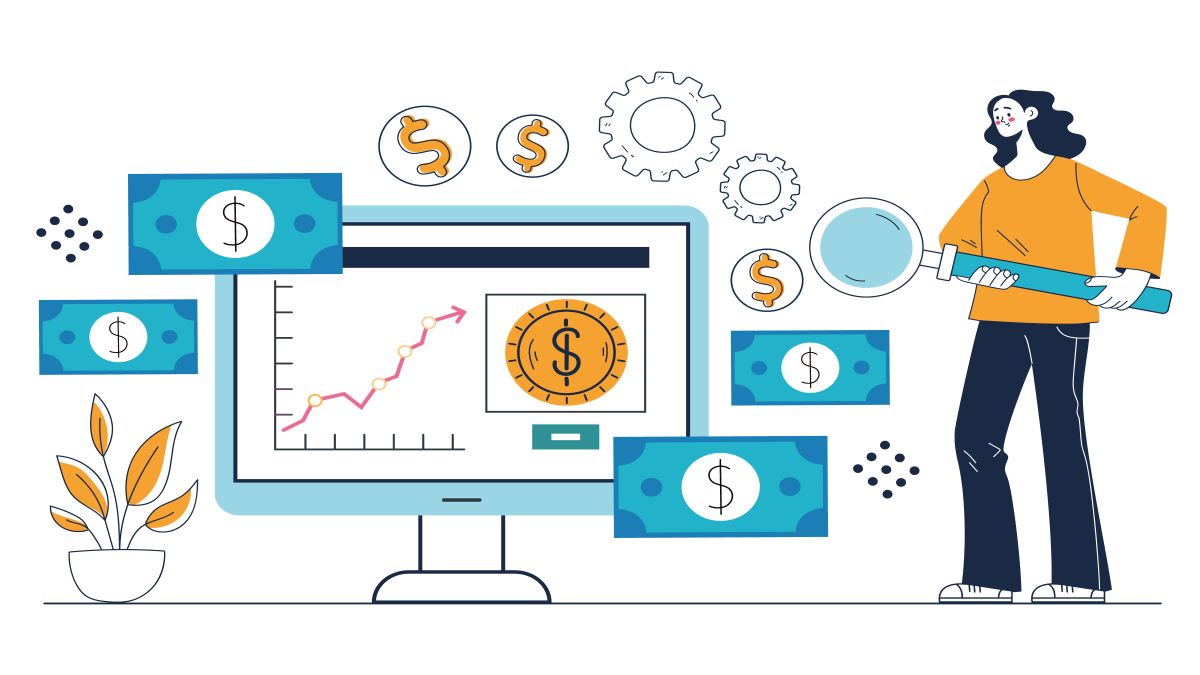
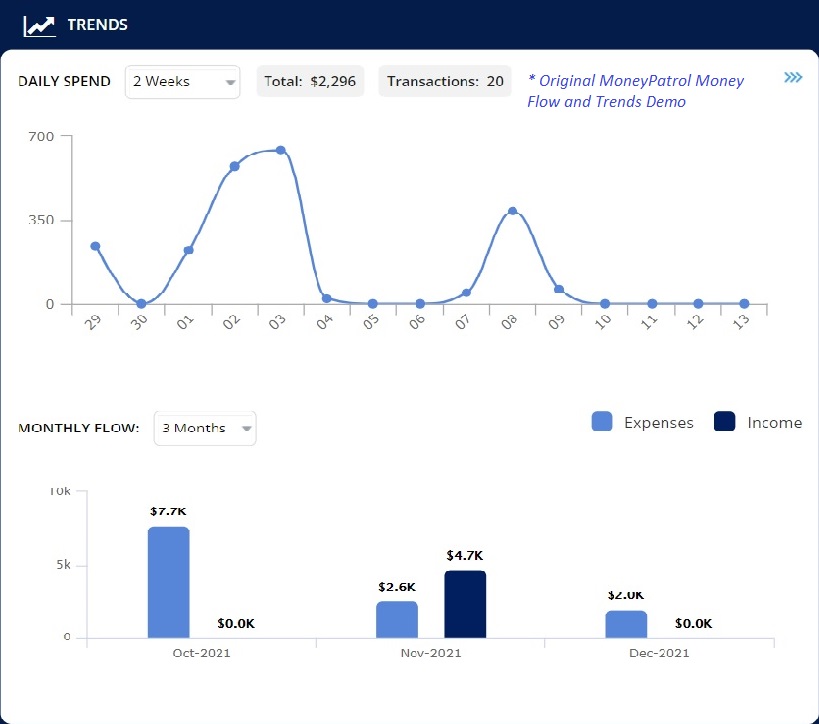
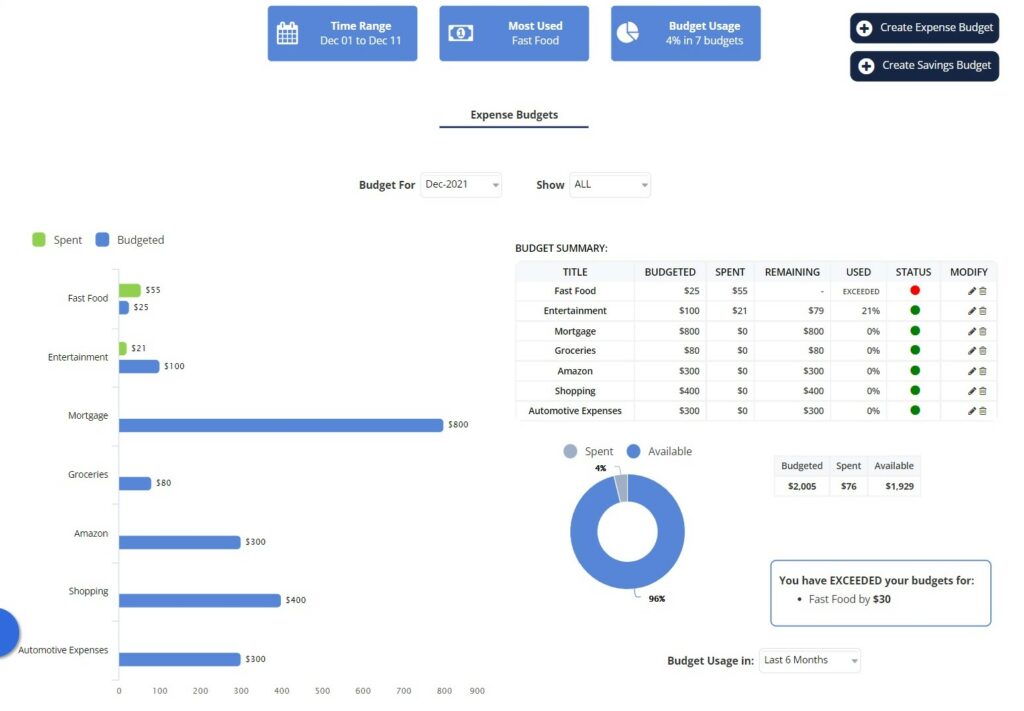
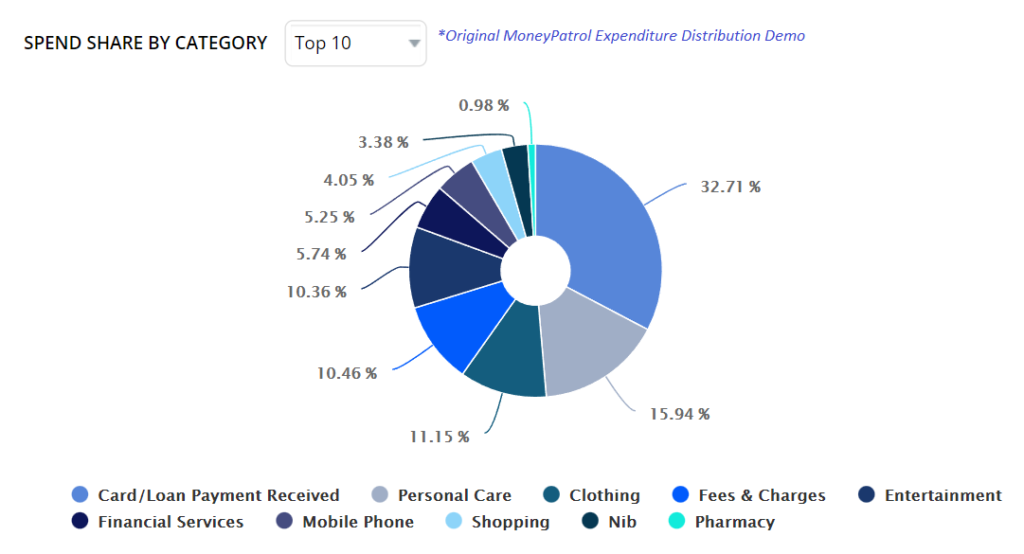
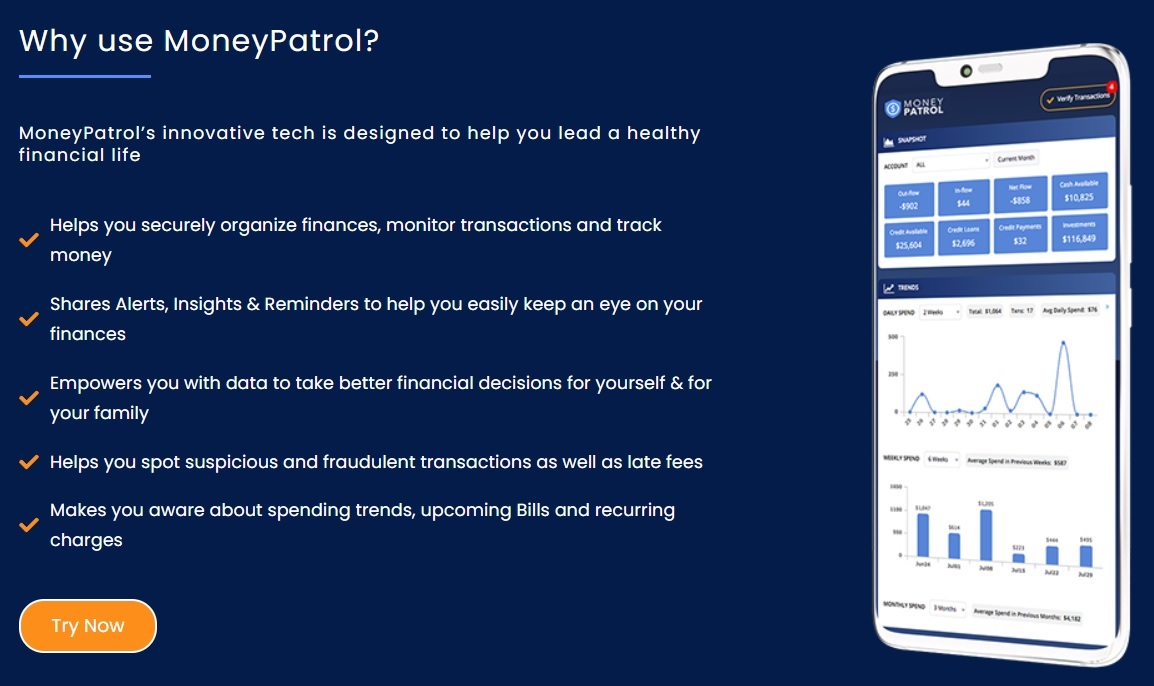
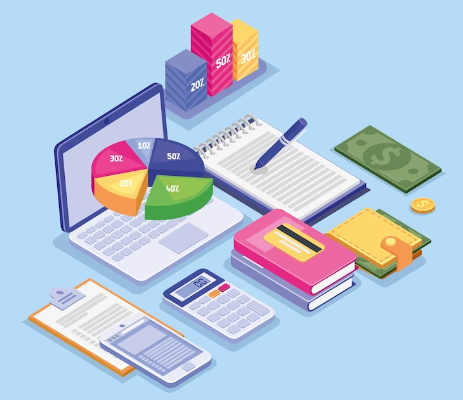


 Our users have reported an average of $5K+ positive impact on their personal finances
Our users have reported an average of $5K+ positive impact on their personal finances
